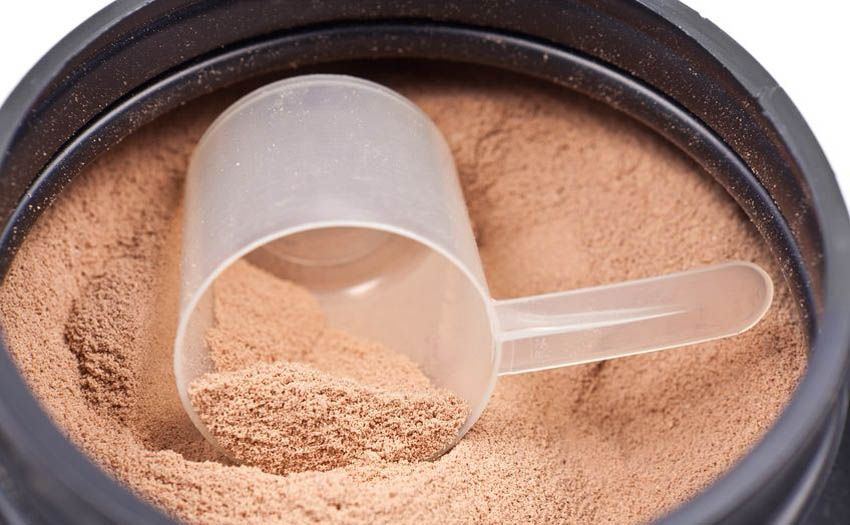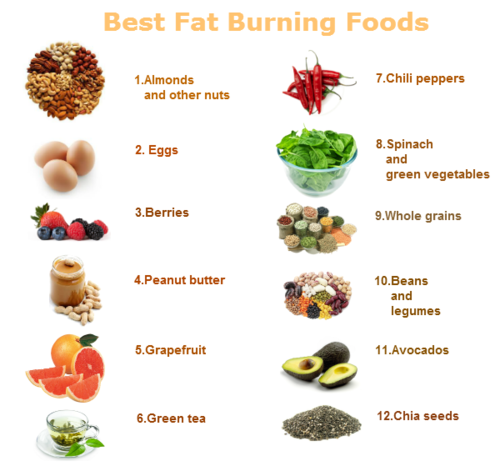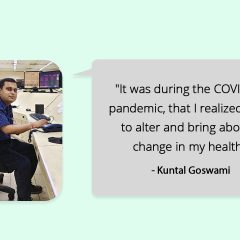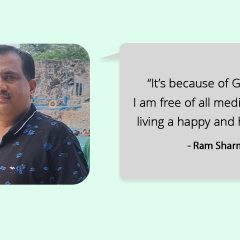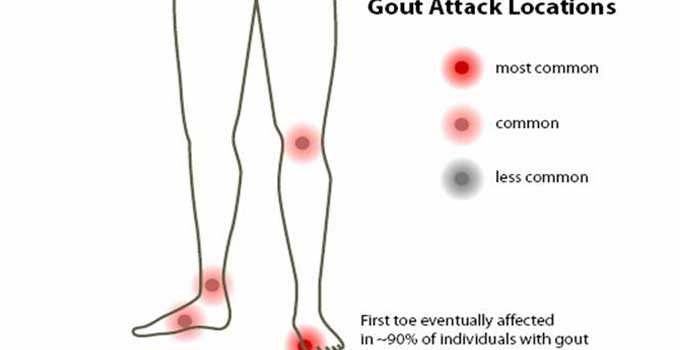
You must have come across people who complaint about having something called ‘Gout’. Gout is a disease characterized by an abnormal metabolism of uric acid, resulting in an excess of uric acid in the tissues and blood.
Uric acid is a product of metabolic breakdown of purine nucleotides. And, high serum uric acid can lead to a condition called gout. The chemical is associated with other medical conditions including kidney stones and diabetes.
Normal results are between 3.5 and 7.2 milligrams of uric acid per deciliter of blood (mg/dL)
Follow these tips which will help you lower your uric acid levels:
- Increase water intake- Water is required to flush off the uric acid formed in the body. When the body is well hydrated, uric acid crystals are difficult to form. Drink at least 3-4 liters per day to remove the uric acid from the body. You can include buttermilk, coconut water, lemon water, green tea etc to increase your overall fluid intake
- Reduce intake of purine rich food- Uric acid is formed by breakdown of proteins called Purines. Although, it is naturally formed by the body, it is also obtained from certain foods like red meat, mushrooms, baked products containing yeast and fermented products. You can include lentils, split dals, milk, egg whites etc to improve your protein intake.
- High Fiber food– Foods high in fiber absorb uric acid present in the blood stream and thus easily eliminating it through kidneys. Good fiber sources are fruits, vegetables, whole grains and products over refined products.
- Avoid intake of caffeine and alcohol- Caffeine and products containing caffeine like coffee, tea, aerated drinks, and alcohol hinder excretion of uric acid from the blood stream by binding it
- Consume good amount of Vitamin C rich foods- Vitamin C helps in excretion of uric acid. Sources of Vitamin C- Citrus fruits, bell peppers, cabbage, amla (Indian gooseberry), guava, etc will help reduce Uric Acid.
- Reduce sugar intake- Sugar interferes with excretion of uric acid. A study mentioned that daily intake of 300 ml serving of sweetened drink increases chances of gout by 13%
- Consuming Apple cider vinegar- Apple cider vinegar contains acetic acid which turns alkaline in body making the environment alkaline. It is said that it breaks the uric acid crystals and prevents from recurrence by aiding blood circulation and purification. It reduces inflammation and swelling in the joints allowing for better flexibility of the joints
